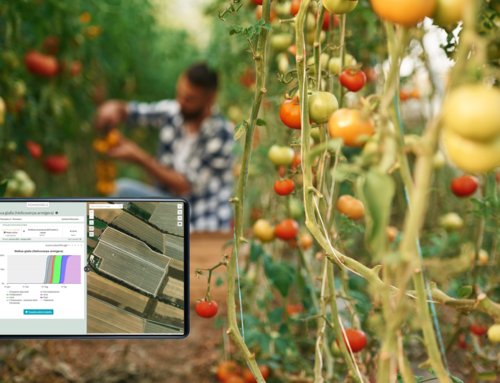Prescription maps allow to carry out variable rate fertilization: this means to optimize the fertilizer dose, associating to each area of the field the most suitable quantity.
This is particularly important when talking about nitrogen fertilization on cereals. The lack of nitrogen, in fact, leads to a reduction in yield and quality, while a big quantity leads to pollution risks and unnecessary cost for farms.
Building prescription maps involves 3 steps:
- Identification of the homogeneous areas of the field where distribute the same dose of nitrogen
- Identification of the fertilization strategy
- Identification of the right dose of nitrogen to be given in each area of the field
Definition of homogeneous areas
Variable rate fertilization is based on the subdivision of the field into homogeneous zones to which the same dose of fertilizer is distributed.
In this case it is necessary to consider not only the characteristics of the fields (which may have a more or less local variability), but also the limits of variable rate machines (VRT): these in fact work easily with large and homogeneous zones.
The definition of homogeneous areas for nitrogen fertilization can be made starting from very different input data, but many researchers agree to use vigor indices calculated by satellite.
Agricolus proposes an innovative way of defining zones. By using a vegetation index such as NDVI, the algorithm defines on the basis of a statistical index the maximum number of zones into which it is significant to divide the field and the values of each zone.
Fertilization strategies
There are two different fertilization strategies: “direct” and “reverse”.
The first provides for increasing the fertilizer dose in areas with low vigor, while the second in areas with higher vigor.
The “direct” strategy assumes that the cause of the reduction in vigor is nitrogen and tends to minimize differences between homogeneous zones. On the contrary, the “reverse” strategy tends to maximize them: it assumes in fact that the limiting factor of the yield is not nitrogen, but other factors such as soil or water stagnation.
Prescription maps and definition of nitrogen dose
Prescription maps in Agricolus platform meet the need to customize fertilization doses for each area of the field through different application strategies: farmer can optimize his intervention respecting environment and regulations and reducing costs at the same time.







